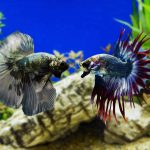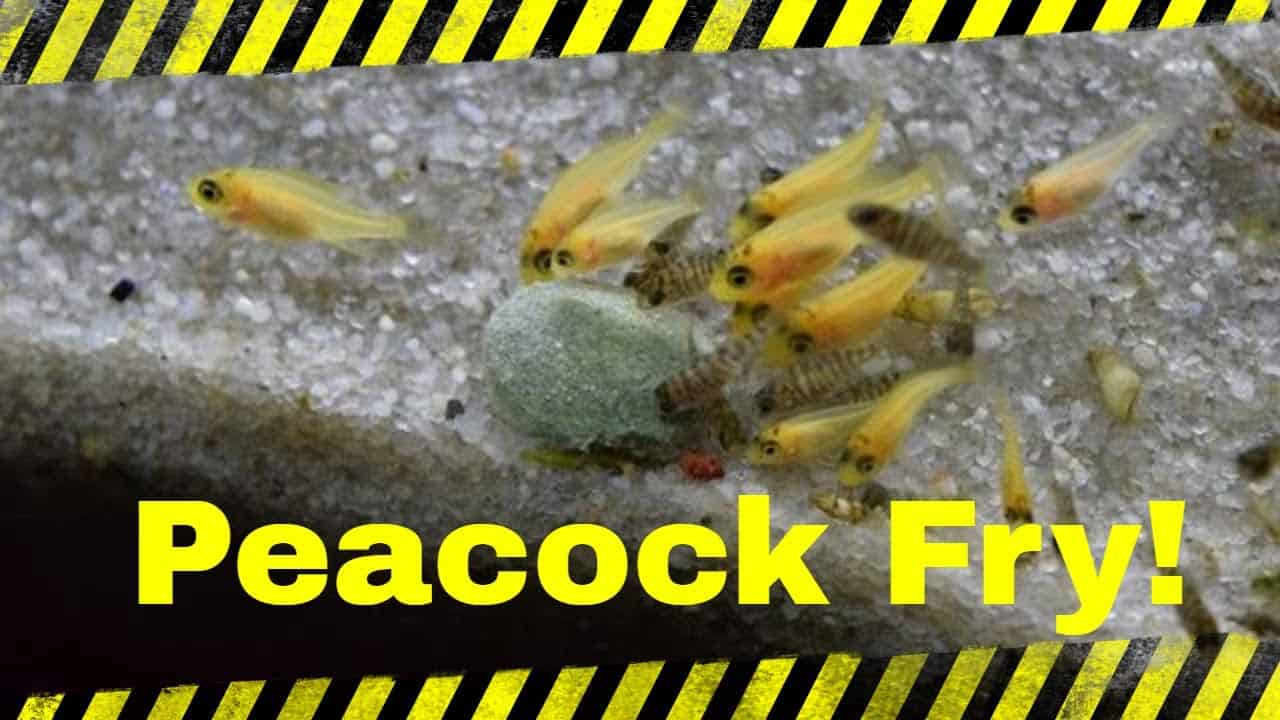
If you have an African cichlid in your aquarium, you should know that these fish provide great parental care to fry. Before purchasing a cichlid, it is important to do some research on their care and requirements. For starters, you should keep the adult and breeding tank separate.
Contents
Daphnia
Daphnia are an excellent choice for a small aquarium. They can be obtained from a specialty fish store or from freshwater ponds. The ideal container for a daphnia culture is 20 gallons. However, smaller cultures can be successfully raised in smaller ponds. For optimal growth, the water temperature should be between 65 and 70 degrees Fahrenheit. However, if the temperature is too high, the growth of the fry will be slowed.
Daphnia can be collected at any time of the year. In a shallow area of freshwater, it is easy to catch a daphnia using a brine shrimp net. You can also dip the net through a hole in ice and then sweep the water around with a figure eight pattern.
While daphnia is easily available, it is best to avoid sourcing them from the wild because they may contain parasites. Instead, consider breeding your own daphnia to save money. Live daphnia should be fed in small amounts, usually four to six per feeding. Providing more than that will cause overfeeding and can lead to an unhealthy fish.
Infusoria
Infusoria is a multicellular organism that eats bacteria and algae. It is a great food for baby fish. It is found in ponds, bodies of still water and natural breeding areas. It is best to provide it to your fry before they hatch.
Infusoria can be cultivated from a variety of foods, such as lettuce and spinach. You can also use paramecium species, which are commonly used for fish food. Make sure to aerate the culture, as this will help it last longer.
The best way to provide a high-quality source of Infusoria to your African cichlid fry is to start a culture when the fry are very small. It will take about a week for the culture to get strong and can be added to the planted tank. You can also use vinegar eels, which are the easiest to maintain live food cultures. These animals will grow in your tank, and are very low maintenance.
To begin growing infusoria, add some decomposing organic matter to the aquarium water, like grass or a potato. Avoid using meat, because it will give off an unpleasant odor. Also, try to keep the tank under artificial light. Direct sunlight can cause algae.
Ron’s Cichlids Fry Food
If you have African cichlids, you probably want to provide them with a good fry food. The good news is that this species is not picky and will eat most of what you feed them. The main ingredient in this food is Antartic Krill, which contains plenty of nutrients including amino acids, fatty acids, vitamins, minerals, chitins, and phospholipids. This product also contains Astaxanthin, which plays a major role in cichlid’s bright color.
Ron’s Cichlids Fry Food is formulated specifically for newborn fish up to one inch in size. This high-protein powder is made of a unique coating to preserve the nutritional value of the powder. It contains a wide range of nutrients and can be fed up to three times a day to young fish.
Cichlids can eat carrots and other vegetables as long as they are mushy enough. Ideally, they should be thoroughly cooked and very soft. Adding a little garlic powder will also encourage them to eat vegetables. Garlic powder is a very safe additive to fish food and will help your cichlids enjoy their new favorite meal. You should also remove uneaten vegetables immediately. This will help prevent the water from becoming contaminated.
Paramecium
Paramecium are ciliates and their entire surface is covered with cilia, which they use to move and swirl food around in the water. These little creatures are also incredibly agile, and they can squeeze through very small crevices to get to their food. Their main diet consists of bacteria, and they may also feed on unicellular fungi and algae.
The eggs must be kept in a low light level for several days or weeks before hatching. This is why some aquarists like to use an egg tumbler to “bubble” the eggs. The infusoria culture can be established easily, and it is also one of the easiest live foods to maintain.
Infusoria, a green water food, is an excellent choice for feeding fry. The smaller fry will need smaller quantities of food. You can also try brine shrimp (new hatched or frozen) or microworms.




